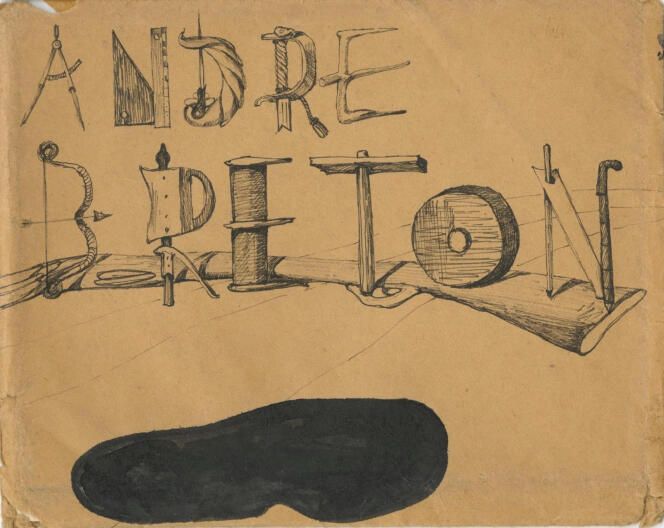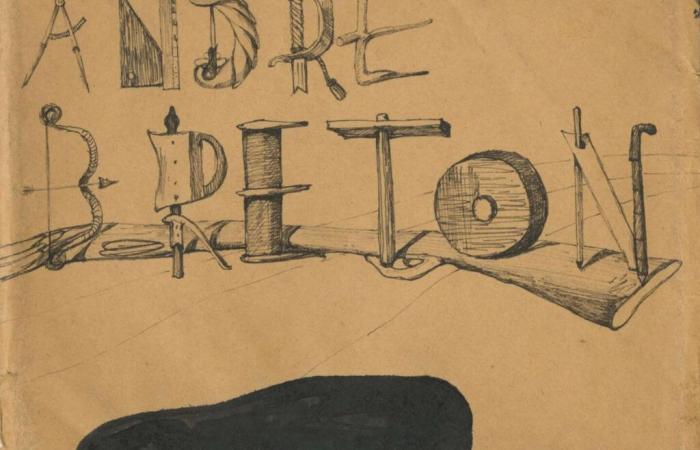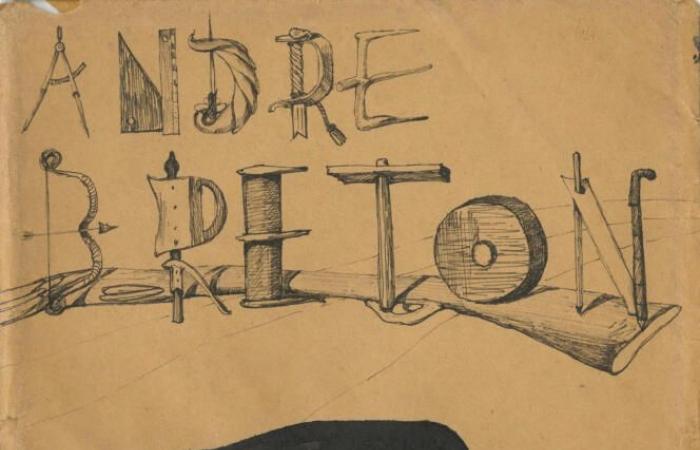
The “Surrealist Paris” project brings together some fifty Parisian galleries and bookstores for exhibitions that accompany and complement in several ways the “Surrealism” event at the Centre Pompidou. Among the first to open – others will follow throughout the fall – two stand out for their historical quality and the rarity of the pieces presented. “Provenance André Breton” brings together, as its name indicates, works that belonged to the poet for a more or less long-term period.
He acquired some of them and others, more numerous, were offered to him as a token of friendship or in homage. Thus, several paintings and drawings by Victor Brauner, including a “picto-poem”, hang side by side on the walls. dedicated to “mythographer of permanent becoming” ; a long letter by Roberto Matta (1911-2002) where the sentences, in Spanish and French, frame symbolic drawings and other colored drawings by the same person; still others by Arshile Gorky (1904-1948); an engraving by Max Ernst that one would think was by Ingres; a calligraphy by Ghérasim Luca (1913-1994); or a dreamlike landscape by De Chirico from 1929.
Read the review: Article reserved for our subscribers At the Centre Pompidou, a spiral dive into surrealism
Add to your selections
And A funeral ex-voto brought back from Mexico in 1938 is above a small religious watercolor by the symbolist Charles Filiger, a disciple of Gauguin, which Breton had rediscovered in the 1950s. Duchamp is there too and even the copy no 1 of The Alert boxa series of multiples produced by the members of the group in 1959 on the occasion of the international surrealism exhibition which took place that year in Paris.
Native American and Oceanic Arts
Equally abundant is “Surrealism, Contact Zones,” which celebrates the boundless curiosity of Breton and his friends for Amerindian and Oceanic arts. Several of the works belonged to the poet, including the red basketwork mask from the Sulka culture (New Guinea) that he admired so much that he included a photograph of it in the original edition of Nadia in 1928. The large androgynous Uli statue from New Ireland that was in his home greets us at the entrance, disturbing. Behind it, we are stared at by a Tsimshian mask (British Columbia), a portrait, no doubt, admirable in its interiority and serenity, and by a pale face with a frightening grimace carved in wood by a Yupik artist (Alaska).

In the next room, a Hopi kachina doll (Arizona) stands out for the eye with the two superimposed black triangles that cross its white face. Other no less remarkable works belonged to Tristan Tzara, Matta, the expert collector Robert Lebel or the dealer Charles Ratton. This corrects the weak presence of these cultures at Beaubourg. The exhibition also poses a difficult question: why did Breton so clearly prefer the arts of America and Oceania to those of Africa, when he knew them just as well and when the latter are not lacking in faces, bodies and symbols that are just as disturbing?
You have 10.87% of this article left to read. The rest is reserved for subscribers.





